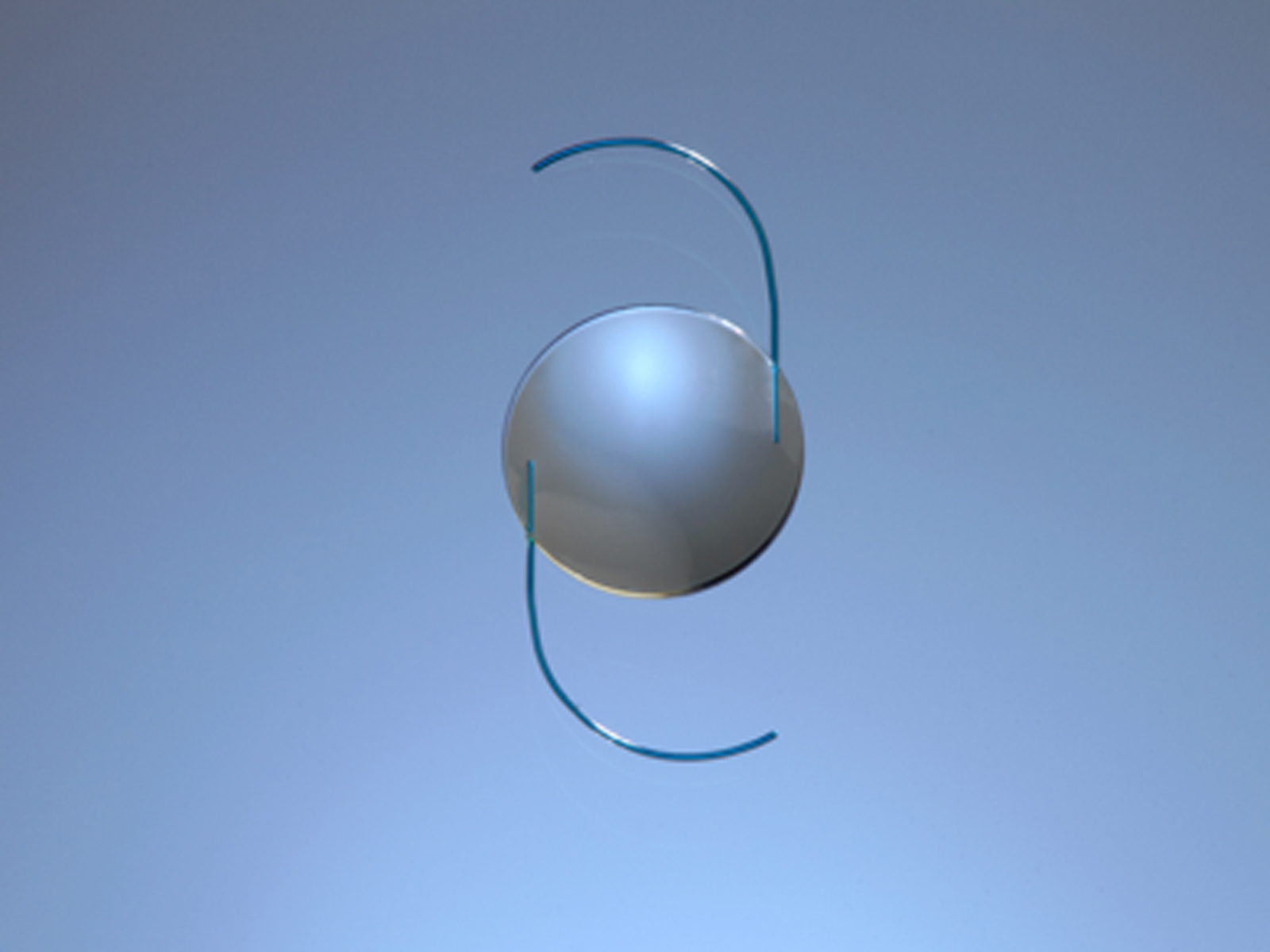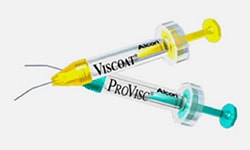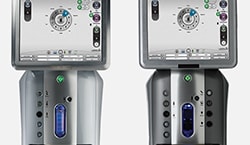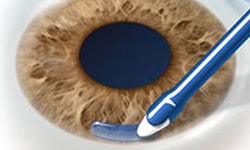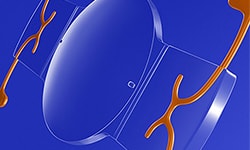Editorially Independent Content
The goal of the Light Adjustable Lens (LAL, RxSight) is to improve the accuracy and predictability of refractive cataract surgery results. As a fellowship-trained refractive surgeon, I’m used to LASIK results where 95% of eyes are plus or minus half a diopter and the cylinder is less than half a diopter after initial surgery. In refractive cataract surgery we are developing better preoperative evaluations methods, more precise IOL calculation formulas, and incorporating intraoperative abberrometry, but are still not achieving this level of results with IOLs. We need to find the key to make 99% of patients happy with the refractive result of their cataract surgery.
How it works
The LAL system consists of two components—the IOL and the Light Delivery Device. The LAL is a three-piece silicone lens that is implanted in the capsular bag using conventional techniques. The eye is allowed to heal for several weeks following surgery to diminish surgically-induced variables associated with corneal edema, capsule contraction and wound healing. During this time, the patient must wear UV-blocking glasses to prevent changes to the LAL. After 14 to 21 days postoperative we start the process of refracting the patient.
Once the refractive power is selected, the patient sits in front of the Light Delivery Device while the LAL is selectively exposed to the blue light source. When exposed to the blue light the LAL undergoes a 3D conformational shape. If for example the eye has a hyperopic spherical refractive error, the LAL will be subjected to blue light in the central aspect of the IOL. This will result in free macromers in this area to be photopolymerized. Subsequently, free macromers from surrounding areas will migrate into the central IOL to reestablish equilibrium, causing the central lens to swell in the antero-posterior dimension, increasing converging power of the lens and reducing hyperopia.
The light delivery adjustment takes a little over 90 seconds. The patient returns the next day and we expect them to be plano sphere. If another adjustment is needed, it can be done 3-5 days after the first adjustment. When we are happy with the final refraction we then do a “ lock-in “ procedure where we illuminate the entire lens surface equally. This quenches any residual free macromer or polymerizes in its current position so the lens stays in this ideal refraction or same 3-D conformation.
Applications
We can treat myopia, hyperopia and up to 2.5 diopters of astigmatism. The ideal patient is motivated to be free of glasses and has a fully dilated pupil between 6.5-7mm. If a patient wants to be free of glasses for distance vision, we can adjust the lens power for both lenses for distance. If they would like to have some intermediate or near vision, we can set the lens power for one of the eyes myopic which will provide them with monovision. The technology is evolving and we already have methods to provide extended depth of focus (EDOF), increase spherical aberration, treat asymmetric astigmatism and higher order aberrations. The LAL is a versatile technology but because the UV light must pass through the cornea evenly, patients with corneal opacities may not be ideal candidates. One area where the LAL technology will supersede every technique today is for patients with prior corneal refractive surgery. I believe surgeons and patients will see it as a God-send.
Fitting in current methods
With conventional IOLs, lens calculations must be carefully selected or modified by preoperative calculations or intraoperative aberrometry, respectively. Relying on preoperative measurements usually entails reviewing data from several formula calculations using readings from multiple devices, such as different keratometers or axial biometers, which may lead to information overload. There are limits to how much the LAL can be adjusted so preoperative measurements are still important, but accuracy is more forgiving because the LAL lens selection only needs be within plus or minus 2 diopters of sphere and astigmatism. Intraoperative measurements and optic changes are useful but obtaining the measurements and making appropriate changes adds additional time during surgery where as with the LAL adjustments increase the postoperative visit time and visits. The conventional methods are good but the LAL moves beyond to perfect the surgical outcome.
Additionally, the adjustment process allows patients to see what their vision will look like with trial lenses and provide feedback to get a tailor-fit. Baby boomers and millennials, in particular, appreciate being part of the decision-process about their vision so I think we’ll see patient wants and demands driving this technology.
